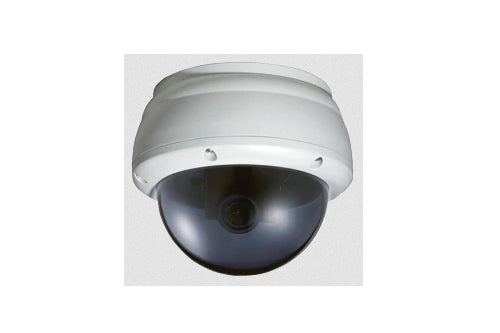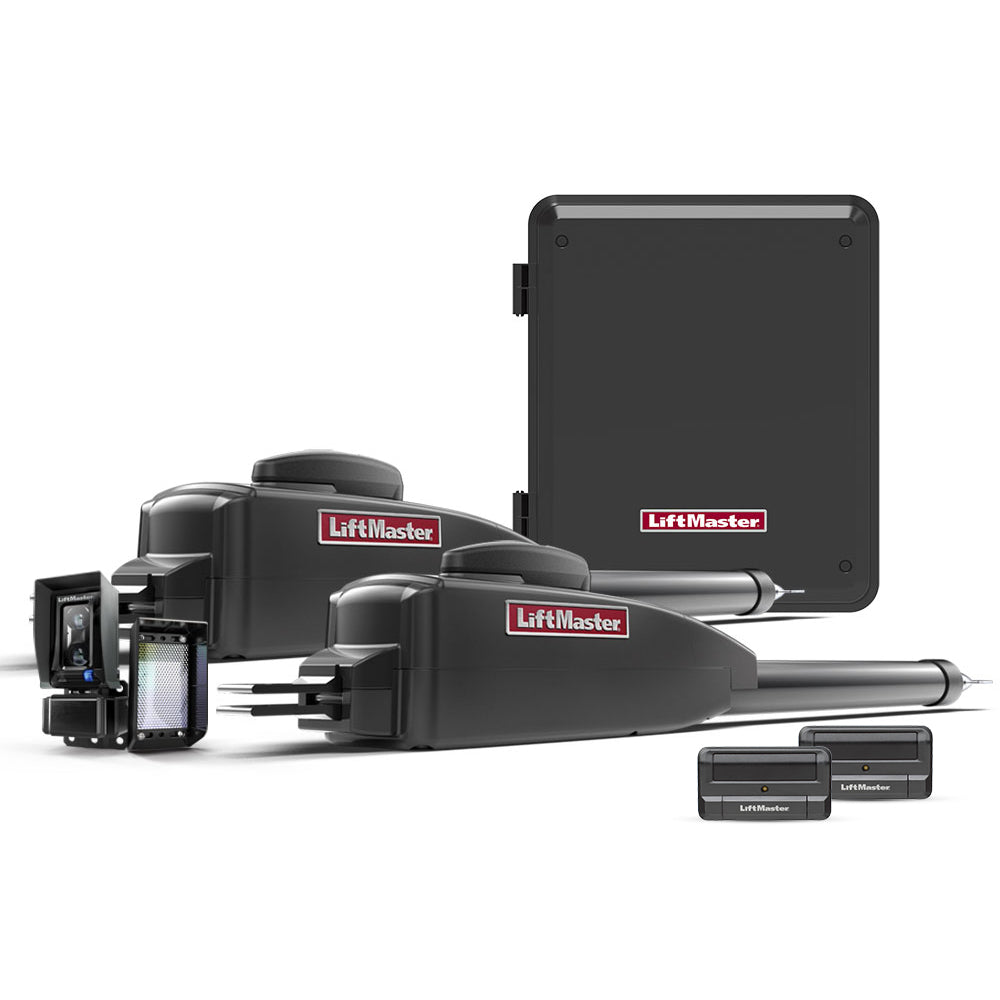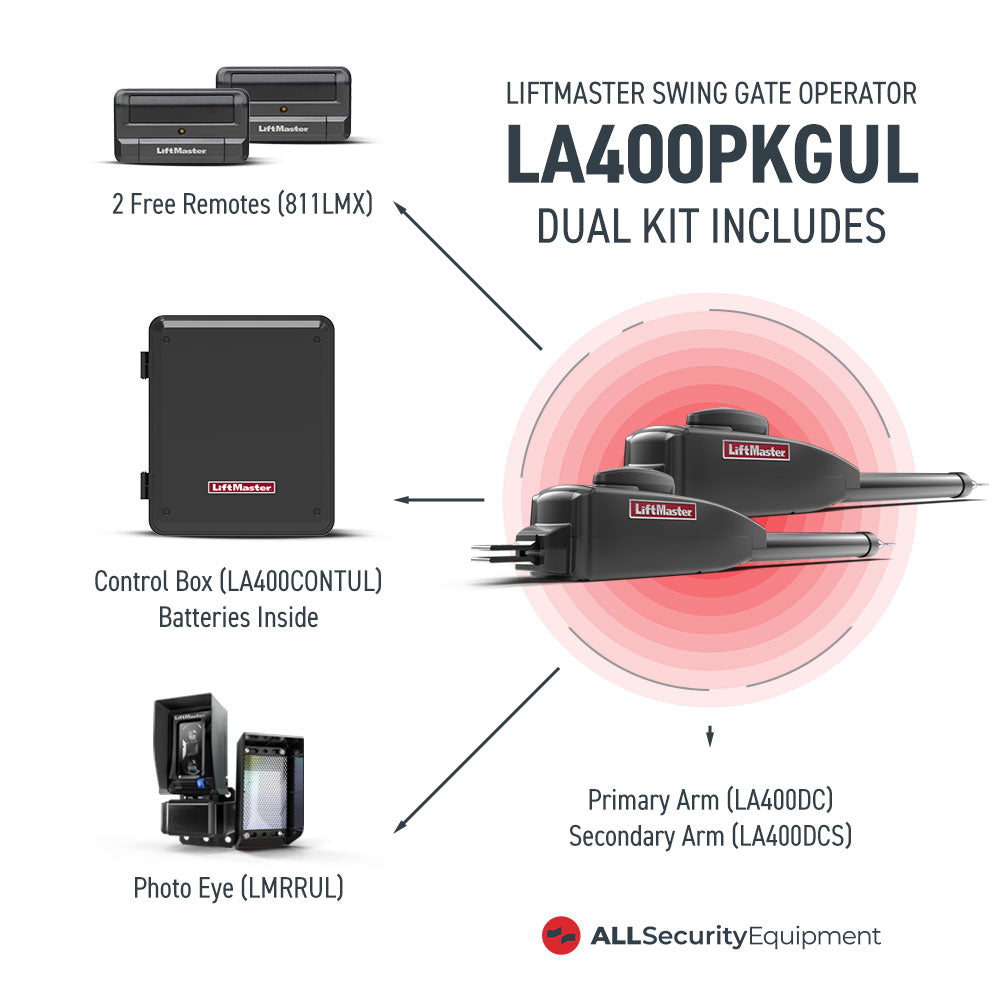These are highly specialized cameras with on screen display… and using this OSD menu allows you to very easily and singlehandedly adjust things like exposure, white balance, back light compensation, day & night selection, motion, privacy, etc…
With a recommended mounting range of anywhere between 10 ft and up to 16.5 ft and a mounting angle not to exceed the 35 degree mark, these LPC camera are usually close-range, high shutter speed, wide dynamic range cameras that provide irrefutable automotive plate images in day or night lighting conditions.
Capturing license plates is one of the most requested, and underserved areas in IP cameras. I often hear questions like, how come there are so few LPC cameras connectable to IP Networks for Video Surveillance? This is a question that surprisingly enough comes up a lot. The answer is that there are not many options that are “purpose built” or even available into these specific cameras with the exception of capturing automotive license plates. They are “job specific” with some manufacturers claiming that their equipment is able to capture tags even at speeds of over 60 MPH or even in 0.0 LUX Lighting which is the equivalent of total darkness without even the minimal spec of ambient illumination, others offer something called Ambient Rejection Technology which focuses on highlights erasing the ambient light or “grays” in a high resolution black and white image.
Most, if not all of these cameras have a pre-focused distance for any lenses used, this of course coupled with the low lighting situation forces limitations that have to be adapted to in every single installation as you will be forced to take into consideration things like the direction of the sun, ambient lighting, vehicular traffic, rate of vehicular speed and of course the fact that you will need to ensure that every tag is captured regardless of where in the lane the vehicle sits or how close the guy behind him is to his bumper..












